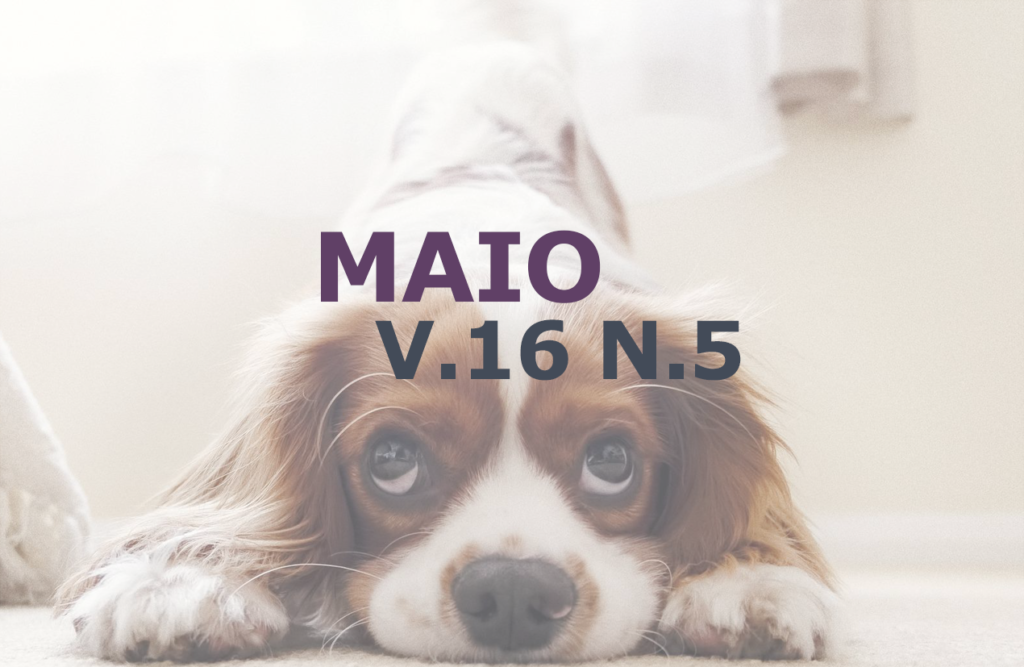Updates on the use of stem cells for the treatment of neurological sequelae resulting from canine distemper
DOI:
Keywords:
Mononuclear cells, demyelination, neuroregenerationAbstract
Distemper is an infectious disease that affects animals of the Carnivorous order, with the dog being the main reservoir of the disease. Canine Distemper Virus (CVD) causes a disease of high morbidity and mortality, which can affect dogs of any age, breed or sex. When an individual's immune response is insufficient, the virus can persist for years in tissues, including the central nervous system (CNS). The main injury resulting from this infection in the CNS is demyelination and, therefore, even after the patient recovers from the acute episode of the disease, the patient may remain with compulsive clinical signs. Several techniques are currently being studied to improve the quality of life of animals affected with this infection, and one of the highlighted techniques is the use of stem cells to treat the neurological sequelae of distemper, which acts through tissue repair. Therefore, the aim of this literature review is to compile the main findings on the use of stem cells in dogs with a history of distemper, its applicability and effectiveness, considering recent advances in knowledge about neuroregeneration.
Downloads
Published
Issue
Section
License
Copyright (c) 2022 Luísa Lovato Paim, Júlia Mariano Peters Costa, Priscilla Machado Consul

This work is licensed under a Creative Commons Attribution 4.0 International License.
Você tem o direito de:
Compartilhar — copiar e redistribuir o material em qualquer suporte ou formato
Adaptar — remixar, transformar, e criar a partir do material para qualquer fim, mesmo que comercial.
O licenciante não pode revogar estes direitos desde que você respeite os termos da licença. De acordo com os termos seguintes:
Atribuição
— Você deve dar o crédito apropriado, prover um link para a licença e indicar se mudanças foram feitas. Você deve fazê-lo em qualquer circunstância razoável, mas de nenhuma maneira que sugira que o licenciante apoia você ou o seu uso. Sem restrições adicionais
— Você não pode aplicar termos jurídicos ou medidas de caráter tecnológico que restrinjam legalmente outros de fazerem algo que a licença permita.





